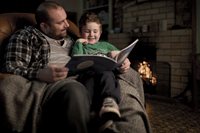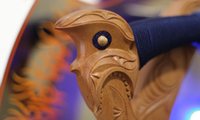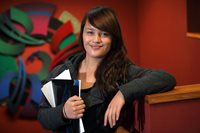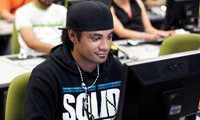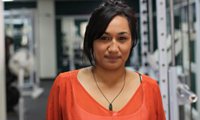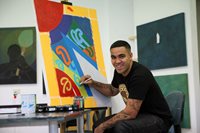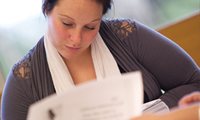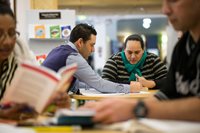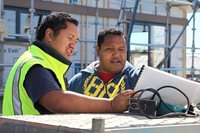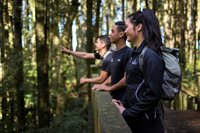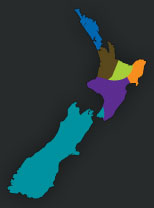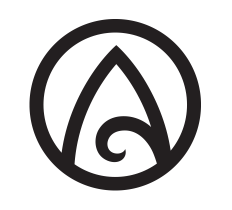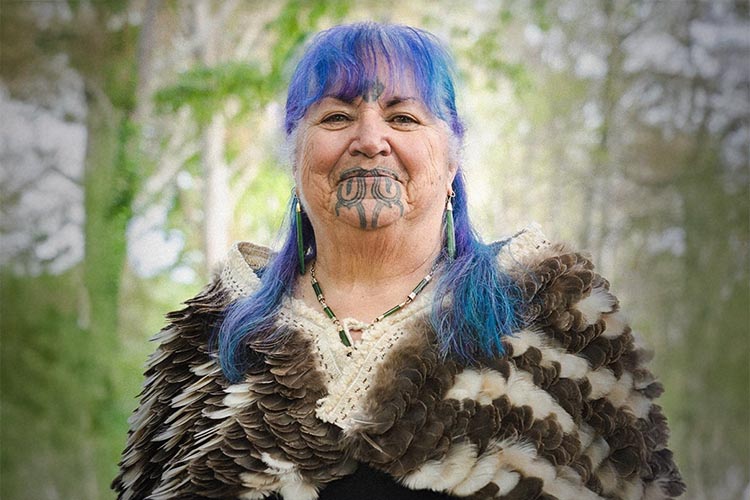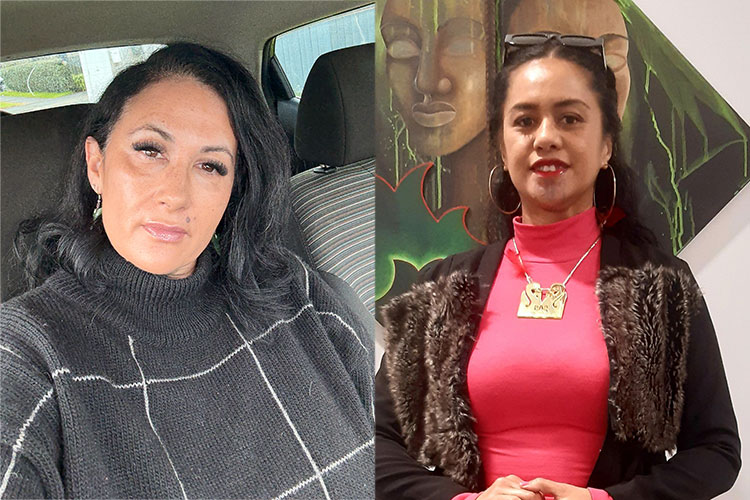English kaiako Cathy Purdie began her reo Māori journey in 1997, intending to uncover more about her cultural identity.
She wanted to understand what it meant to be a New Zealand Pākehā, but after just a few weeks of learning te reo Māori, she had accepted that it didn’t matter what it meant to be Pākehā and had instead fallen in love with te reo.
After learning te reo Māori on and off for several years, in 2018 she enrolled in Te Pūtaketanga o te Reo Level 4 at Te Wānanga o Aotearoa. She has since completed Te Aupikitanga ki te Reo Kairangi Level 6.
“Studying te reo through Te Wānanga o Aotearoa has changed me. I am Pākehā, with no Māori whakapapa, and when I began level 4, I didn’t feel much of a connection with the whenua. But now I am aware of the land in a completely new way. The hills have an energy and a presence that I can feel. What has changed me? Learning the Māori way of seeing things.”
Cathy is an English kaiako at Dynaspeak, a wāhanga of Te Wānanga o Aotearoa. Although she teaches students te reo Pākehā, she still finds her reo Māori knowledge beneficial in her mahi.
“It (te reo) is extremely useful in my mahi because, from time to time, someone is needed to proofread Māori phrases, sing waiata, and so on. Learning te reo has also helped me to do a better job of teaching students about pūrākau and other aspects of Māori culture.”
For the first time in her life, while completing an assessment, Cathy realised that she knew very little of her grandmother's family history.
With no Māori whakapapa, learning about her whānau waka was not easy, and she realised the importance of knowing the stories of her family.
“My second cousin was the one who knew all the family stories, but her health has been frail. Had that assessment not spurred me to talk to my cousin before it was too late, I would never have heard her stories. Having heard my cousin’s stories has changed who I am. I have found part of me that I never knew was missing, and I feel stronger and more solid.”
Cathy encourages others to take up the opportunity to learn te reo Māori. She recommends Te Wānanga o Aotearoa, saying, “You should learn te reo through Te Wānanga o Aotearoa. You won’t just be gaining vocabulary and grammar. The things you will gain as a person are at least equally important.”

